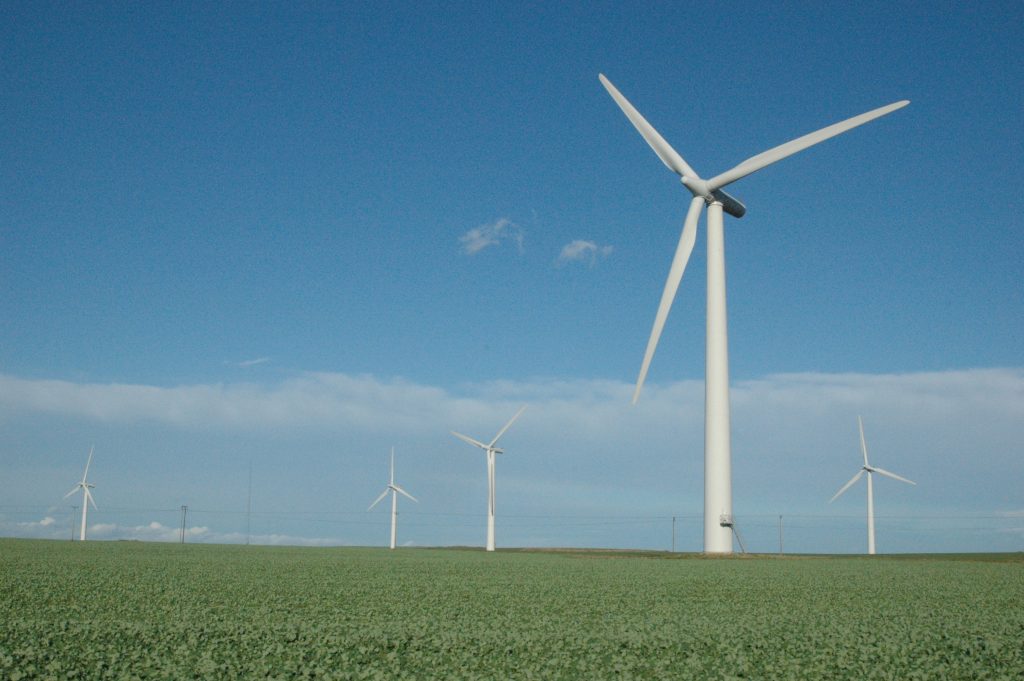Usually in order to increase the power generation from anything, it needs new hardware – if you wanted to increase the amount of power from a set of solar panels on your roof there is little you can do, without replacing them (this of course pre-supposes that the panels are in a good location, and are not in the shadow of a tree).
That is why this is incredibly exciting. The idea of being able to roll our new rules about how wind turbines work, and instantly make 1% more energy is incredible.

It is true that, currently, wind only accounts for about 6.5% of electricity generation. Conversely, it accounts for 24% of renewable generation – which is quite likely to be a percentage that grows as we move towards 100% renewable electricity generation.
So, with this change it will only account for 6.565% what difference is that?
Well, last year the world generated 28500 terawatt hours, which means that 0.065% increase is 18.5 terawatt hours extra created through 100% green sources.
Now, between 2020 and 2022, the average carbon emissions per kwh was around 370g. As such, were all of this energy created in the USA (it is not the most expensive or the least, so we are going to use it as representative – even though this power would be generated around the world) this much extra green energy would save 0.370 time 18.5 time 10 to the power of 9 (there are 1,000,000,000 kwh in 1 terawatt hour) which means that this little modeling trick would have saved roughly 7 million tonnes of carbon emissions. Now while this is relatively small in global terms (with 50 gigatonnes of emissions in 2020) it is still not insignificant – indeed, it is equivalent to the total emissions of Botswana, or indeed Latvia in 2021. That strikes me as an easy move, perhaps looking at this in a different way, perhaps more importantly, for wind farm companies, this energy is worth roughly £340 million ($450 million)











